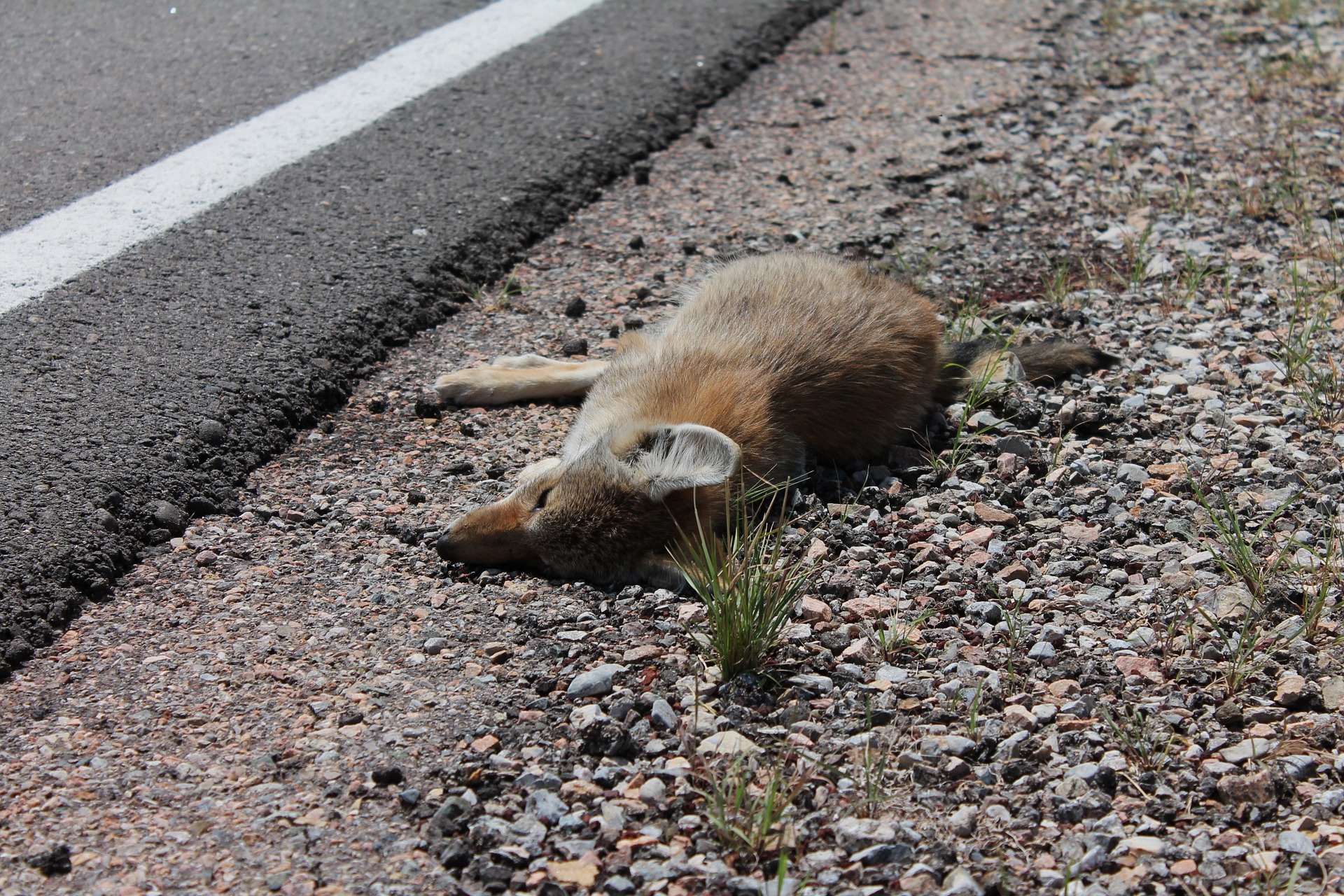ConnectGREEN - 194 million birds and 29 million mammals killed on European roads each year
15-04-2021
An article released in the scientific research journal ‘Frontiers in Ecology and Environment’ found that an estimated 194 million birds and 29 million mammals are killed on road in Europe every year. In their study entitled ‘Roadkill risk and population vulnerability in European birds and mammals’, the research team, headed by the Centre for Environmental and Marine Studies (CESAM) in Lisbon, used data collected in 90 roadkill surveys that were conducted across 24 European countries. In total, they calculated roadkill rates for 212 mammal species and 423 bird species.
Based on the gathered data, the researchers extrapolated the numbers using a novel method in order to estimate the total number of birds and mammals killed on European roads, which species were killed most often, and which were most vulnerable to being wiped out completely in certain regions due to traffic mortality.

Figure 1.: Dead fox following collision with a vehicle © Image by Amber Avalona, Pixabay
The results of their work highlighted that the species killed most often in collisions with traffic were not necessarily the ones most at risk of disappearing all together. Based on these findings, the authors point out the danger that wildlife conservation actions in the context of new infrastructure projects may be targeting the wrong species, if based on older research methods.
The species identified in the article as most at-risk of local extinction are:
Top 10 birds:
1. Bonasa bonasia, Hazel grouse
2. Circaetus gallicus, Short-toed snake eagle
3. Phylloscopus borealis, Artic warbler
4. Lanius nubicus, Masked shrike
5. Anthus cervinus, Red-throated pipit
6. Loxia leucoptera, Two-barred crossbill
7. Buteo rufinus, Long-legged buzzard
8. Gelochelidon nilotica, Common gull-billed tern
9. Ardeola ralloides, Squacco heron
10. Glaucidium passerinum, Eurasian pygmy-owl
Top 10 mammals:
1. Spermophilus major, Russet ground squirrel
2. Spalax graecus, Balkan mole rat
3. Spalax zemni, Podolian mole rat
4. Spalax microphthalmos, Greater blind mole rat
5. Spalax arenarius, Sandy mole rat
6. Pygeretmus pumilio, Dwarf fat-tailed jerboa
7. Rhinolophus blasii, Blasius' horseshoe bat
8. Rhinolophus Euryale, Mediterranean horseshoe bat
9. Sorex alpinus, Alpine shrew
10. Ellobius talpinus, Northern mole vole

Figure 2.: Animal crossing road sign © Image by Paul Brennan, Pixabay
The paper also serves as a wake-up call, underscoring the value of the work conducted under ConnectGREEN, as it found roads in Central Europe, including Austria and the Czech Republic, to be the deadliest for wildlife. It is of vital importance to identify ecological corridors and the gaps therein in the Carpathian ecoregion and beyond in order to reconcile nature conservation and the development of transport infrastructure.
The ConnectGREEN project team are working intensely in order to further these goals. Now entering its final months, the project will soon publish its final outputs, namely an Methodology for the Identification of Ecological Corridors, an Action Plan for Mitigating Threats to Ecological Corridors, a set of Guidelines to Reduce Conflicts in Corridor Areas, and a Transferability Study of Best Practices.
